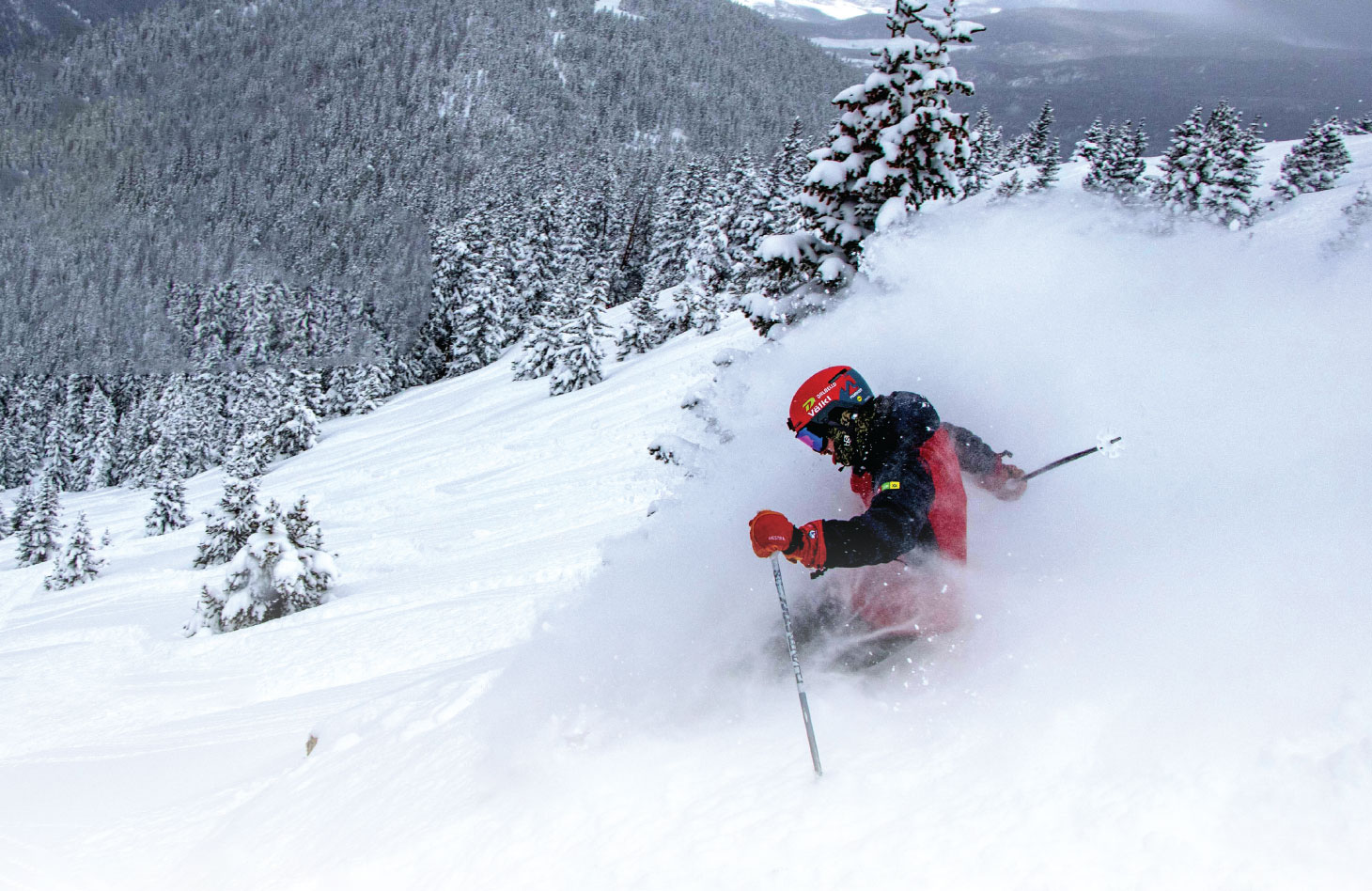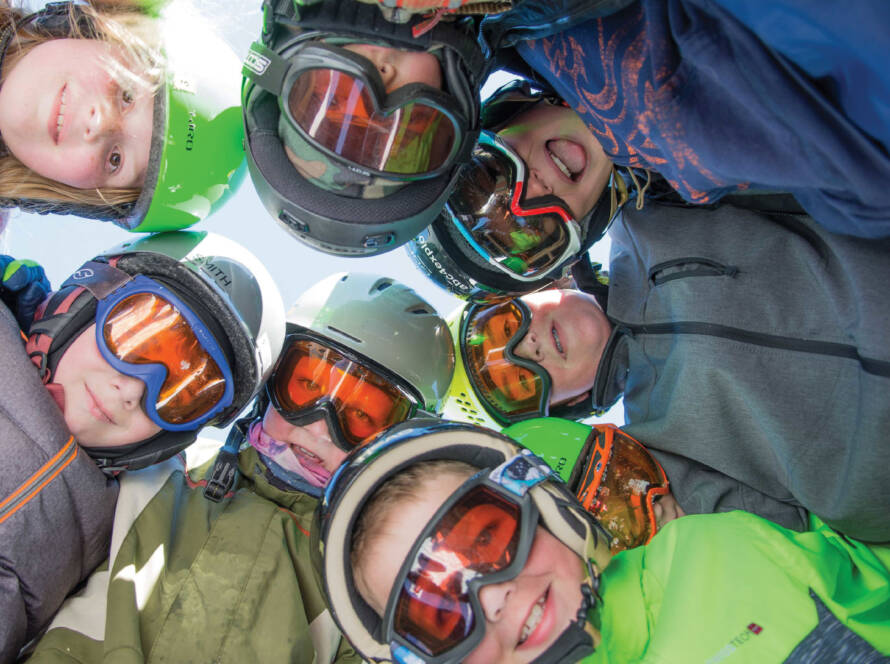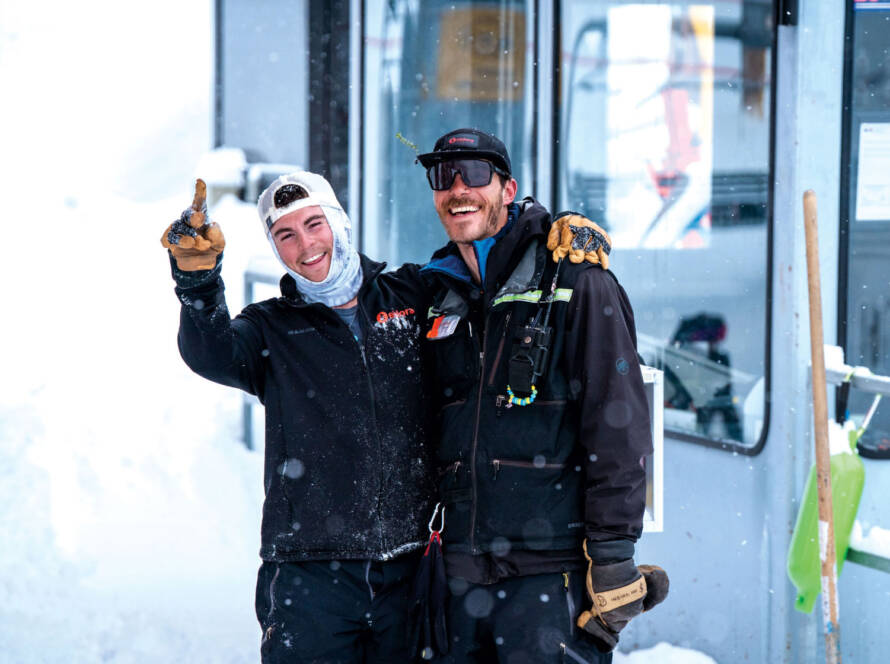For decades at many ski resorts and ski areas, snow depth has been recorded and monitored via a yard stick or some other rudimentary device staked into the ground prior to the first snowfall of the season. Although this has served as a decent estimate for guests, technologies have now entered the market that are taking the guesswork out of snow measurements, leading to improved business operations and enhanced safety.
Austria-based Sommer Messtechnik is one of the companies that is a leader in this area. It develops and sells sensors and environmental monitoring equipment including system solutions for data recording, data transmission and analysis of the captured data. Company CEO Christoph Sommer says snow depth management has an effect on a company’s bottom line since it impacts grooming practices, which can help a resort stay open as long as possible. Proper snow depth management is also instrumental in determining the chances for an avalanche.
“Snow depth is needed to decide when and how slopes can be groomed,” he said. “Specifically, the ‘when’ is, of course, an important one. Skiing areas want to open the slopes as soon as possible to earn money. The second one is safety, and avalanche safety is the most important one. The snow depth and wind information are the two most important parameters to decide the risks for avalanche.”
Sommer says these are driving factors behind his company’s sensor development which has led to the creation of maintenance-free snow depth measurement. Sommer Messtechnik has developed a continuous measurement device for determining water level and snow depth. It measures the transit time of an ultrasonic signal between a variable surface and a sensor, and translates it to a level or distance. An integrated processor analyzes the detected signal for temperature and filters out precipitation reflections within the measurement path.
“Basically, you can set the sensor up in a windy site and the sensor will measure the snow height,” said Sommer. “The problem is that there may not be much snow throughout the season and it can change quite often and fast.”
He recommends the snow measurement location be in a wind-protected, flat and undisturbed site since that will provide the best measurement results. Resort operators have a strong understanding of their area and will know best where to set up the sensors.
Most resorts install their sensors during the summer when the area is easy to access. Deploying the sensors over a larger area provides a better picture of the entire resort. With this information, artificial snow is easier to produce and steer, making it more cost-effective to manage snowmaking.
Height of snow
Ryan Evanczyk, director of snow safety at Arapahoe Basin (A-Basin) Ski Patrol, says his team measures snow depth or “height of snow” (HS) in two ways. They have an SR50A sonar from Campbell Scientific that measures snow depth, and they manually measure HS by physically going to one of three weather stations each day to look at a large snow stake with inch and centimeter increments.
A-Basin also has a snow stake that measures HS during storms which is not touched until the storm is over. This also helps the team track snow settlement over time.
“This is helpful for long-term operations planning as well as daily or short-term operations,” said Evanczyk. “In order to make daily operational decisions regarding terrain or mitigation, we need to know how much snow we have received in the last 24 hours, 48 hours or longer, and more importantly, how much water we have received in that new snow.”
Evanczyk says that to make informed, timely and proper operational decisions, the team needs to know how much snow the resort has received, how much water is in the snow and where the wind distributed it. In addition to wind speed and direction, they need to know and collect other weather variable trends in the last 24 hours including barometric pressure trends, relative humidity, ambient temperatures, long and short wave radiation, snow temperatures at different elevations in the snowpack and water movement.
A-Basin has several different measurement devices at its three weather stations as well as its sonars. By analyzing the previous 24 hours, or longer, historical trends and looking at the structure of the snowpack, they are able to make informed decisions and forecast what the avalanche hazard and related avalanche problems will be in every ski zone on a daily basis.
“This information is disseminated daily to our ski patrol staff where it helps us prioritize our day and make informed decisions,” said Evanczyk. “Our morning weather and avalanche forecast is also distributed to other operational and administrative departments allowing them to plan accordingly.”
He says that this information helps staff forecast the avalanche hazard on a daily basis. Staff also use historical data to compare previous years against current weather or avalanche cycle trends. When certain parameters are met, A-Basin can begin to forecast and predict what will be observed. This data is also passed along to the Colorado Avalanche Information Center.
All of this data collection and sharing is critical to the resort’s success. “It is important for our ski patrol so that we can make informed and safe decisions about mitigating, traveling and opening or closing avalanche terrain, which ultimately impacts our guests,” said Evanczyk. “Snow also sells and drives our guests to our ski area. Guests want to know every day how much snow we received overnight or in the last 24 hours.”
He emphasizes that every morning the resort analyzes the previous 24-hour weather data, snowpack and snow structure data from days prior and the staff look at the weather models from various outside sources. The end result is that the staff will have a better understanding of what they can expect to face that day and, based upon their experience, will be better able to predict how the weather will change the trend of the avalanche hazard throughout the day.


![[image placeholder]](https://www.snowopsmag.com/wp-content/uploads/2025/05/placeholder@1x.png)
